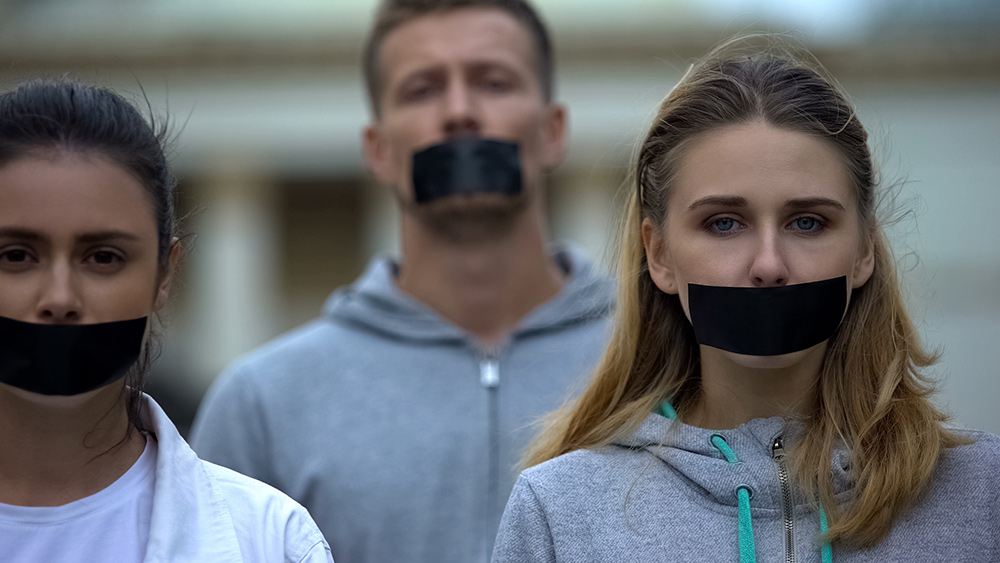It’s time to get rid of your $20 bills…
by Simon Black, Sovereign Man:

On May 12, 1703, the Russian army under Peter the Great captured an important Swedish fort on the Baltic Sea called Nyenskans.
It was a major victory for Peter in his war against the Swedish Empire. Russia was a rising power in the early 1700s, but Peter was in critical need of a Baltic seaport to be able to trade with the rest of Europe.
The capture of Nyenskans was so important that Peter decided to move his capital there. And he renamed it Saint Petersburg.
Technically he called it “Sankt-Pieter-Burch,” which is a Dutch/German spelling of the name; Peter made tremendous efforts throughout his reign to westernize Russia, and naming his capital city in a European style was part of that effort.
Sankt-Pieter-Burch remained the capital of the Russian Empire for hundreds of years, until World War I broke out in 1914.
Germany had become Russia’s enemy. And the imperial government decided that they no longer wanted their capital city named in the German style.
So they renamed the city to Petrograd as a reflection of their updated view.
Lenin and the Bolsheviks took over Russia in 1917 and moved the capital to Moscow. And when Lenin died in 1924, the Soviet government renamed Petrograd to Leningrad.
It remained that way for nearly seven decades until communism finally collapsed in 1991… at which point the city renamed itself once again, back to St. Petersburg.
Frankly this happens all the time. Buildings, cities, provinces, and even entire countries from time to time change their names.
When values change, names change.
By 1991, Russians no longer felt like naming one of their most beautiful cities in honor of a Communist dictator… so they changed it. Big deal.
Zambia used to be called Northern Rhodesia. But after they gained independence they no longer wanted to be named after their imperialist ruler. That’s hardly controversial.
Similarly, nearly every major city in India changed its name in the 1990s and early 2000s; Bombay became Mumbai, Calcutta became Kolkata, Madras became Chennai, etc., all to shake off their colonial roots.
Again, this is perfectly reasonable.
There’s been a broad movement lately of people wanting to rename streets, bridges, airports, buildings, etc. And this too is hardly controversial.
Our social values are remarkably different than they were when many of those landmarks were built. And it’s not unusual for names to change to keep up with the times. There’s nothing wrong with that.
(There IS, however, supposed to be a peaceful, democratic procedure to change names and remove monuments. Only a fool with no intelligent argument resorts to violence and vandalism.)
The problem with renaming stuff, however, is that it can be a bottomless rabbit hole.
If we are supposed to judge everyone who has been dead for hundreds of years against the values that we hold dear today, then there really is no end.
Just look at the currency of the United States:
$1 bill? George Washington… who, despite being the single-most important factor in winning the American Revolution, also happened to be a slave owner.
$2 bill? Thomas Jefferson… also a slave owner.



